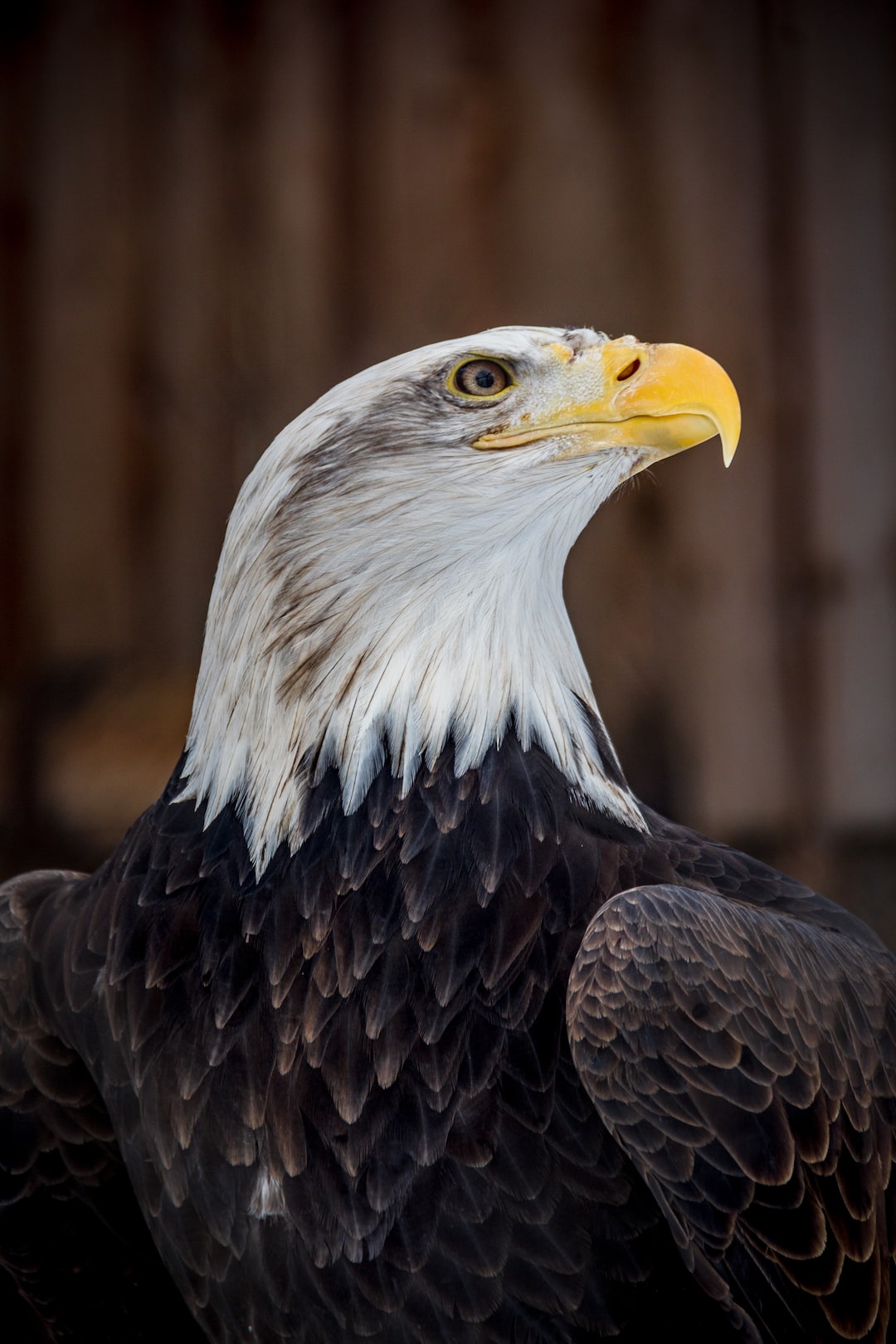Flightless birds once dominated the earth’s landscapes, but today, only a few species remain. Yet, these birds have become curiosities of biology worth studying and appreciating. The history of flightless birds is as fascinating as the evolutionary processes that have led to their present-day existence.
The beginnings of flightless birds started in the Cenozoic era about 66 million years ago. Initially, birds evolved to fly to avoid predation and navigate over different landscapes. However, some species began to face environmental pressures that required them to revert to other survival mechanisms instead of flight. In these situations, birds would sometimes lose the ability to fly but develop adaptations that enable them to survive better on land.
One such group of birds that lost their ability to fly is the ratites. Ratites are birds that do not possess a keeled sternum that supports the muscles needed to power flight. Ratites include ostriches, rheas, emus, cassowaries, and kiwis. Although most of these birds are flightless, some can fly short distances when necessary.
The evolution of flightlessness among ratites is believed to have occurred during the Paleocene and Eocene periods. At the time, the supercontinent Gondwana was breaking apart, with unique environments emerging on landmasses separated by oceans. Some ratite bird species found themselves on isolated landmasses while others found themselves on large, predator-free continents. Because a lack of predation meant that flight was unnecessary, these birds eventually evolved into flightless varieties.
Some of these flightless birds, such as the ostrich, have massive legs and powerful muscles for running on land. Cassowaries, on the other hand, have sharp, dagger-like toes on their feet that they use for defensive attacks. What is most intriguing about these birds is that while they might have lost their ability to fly, they evolved other, equally impressive skills that allow them to survive in their environments.
New Zealand is home to some of the most iconic and curious flightless birds, such as kiwis and the extinct moas. The extinct moas were about three meters tall and weighed up to 300kg, making them some of the largest birds ever to have existed. Their huge size allowed them to survive in the predator-free environment of New Zealand where they grazed on vegetation. However, when humans arrived in New Zealand, the moas became easy prey leading to their extinction.
Kiwis, on the other hand, have become symbols of New Zealand and are famous for their distinctive appearance and behavior. These unique birds are small, flightless, and nocturnal. They have unique adaptations such as a strong sense of smell and long beaks that allow them to forage for insects and invertebrates on the ground.
In conclusion, the evolution of flightless birds is a story of survival and adaptation. These birds provide a glimpse into the diverse set of pressures that drive evolution, including predation, isolation, and environmental changes. While many of these birds have gone extinct, the remaining species continue to thrive, adapting to their habitats in new and interesting ways. Understanding and appreciating the unique traits of these birds can help us appreciate the fascinating evolutionary history of our planet.
